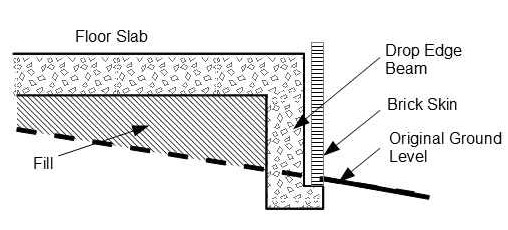What kind of course is it? A Rec/Int course can get by with 4' x 8' tee pads. If you are looking at an Int/Adv or Pro course, you should make them 5' x 12' and don't go less than 5' x 10'. Mixing bagged concrete on site is labor and dollar intensive and you only want to do it if you have to (due to site location, terrain or other restrictions). Redimix from a truck is the way to go. About $100 per cubic yard. Add in some polyfiber mix (forget the rebar or wire mesh) and it might go to $110 / cu. yd.
4' x 8' tee pads, for 18 is 7.11 cu. yds. (x 1.05% for waste/error = 7.46 cu. yds., order 7.5)
If you are mixing your own, on site, have a reliable crew that is willing to work some long hours, over several days. If you do the redimix off the truck, have a crew of 4-6 guys who are willing to work hard, and quickly. The truck will be sitting there waiting. Anything more than 2 hrs and they will likely bill you for it. Don't forge,t how you are going to get that concrete out to all those (pre-dug, pre-framed and crushed stone base prepared) tee-pads. (I just got 10 tons of recycled, crushed concrete for $5.50 per ton. It makes a great base.)

